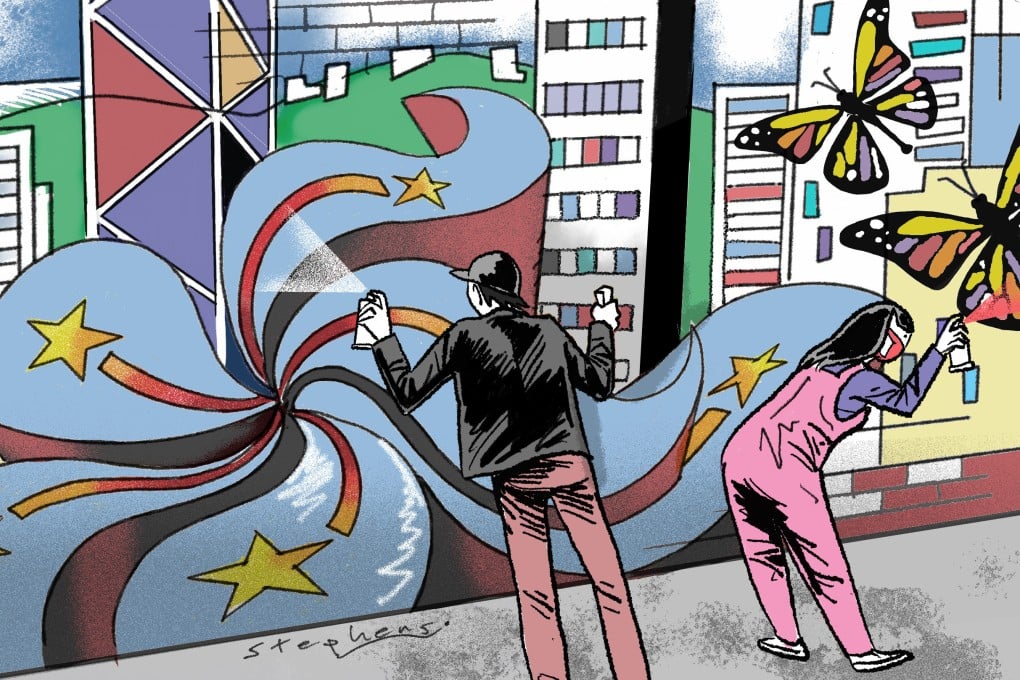Opinion | A Hong Kong relaunch must create space for youth art and culture
- Instead of devising complex urban renewal schemes, it would be more effective to offer young people open platforms for creative expression
- This would not only be a powerful means for the city to re-engage its future talent, but is also simply the best way to revitalise urban aesthetics

The urban hyper-modernity overlaying the original industrial grittiness of Hong Kong’s streets is an organic accelerator of the creative arts. The city’s growing collective of creative talent draws on a healthy bricolage of old, new, Asian and Western traditions along with organic trends in various stages of evolution, often using our post-industrial urban landscape as their canvas.
When it comes to the art of Hong Kong’s young people, we must encourage and enable more who find fulfilment in creative expression in any medium. In particular, we should offer them unfettered platforms – without sanitising the cacophony that renders the art so spontaneously powerful – through open-air exhibitions, street festivals and select studio spaces where the youth get to run the show.
.png?itok=bcjjKRme&v=1692256346)
